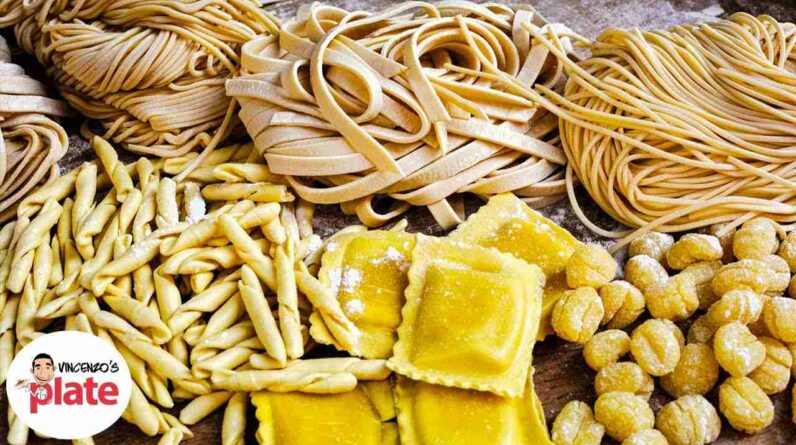A guide to Italian wine denominations and classifications
Italy is a treasure trove of viticulture, offering a diverse array of wines that demonstrate the country’s rich cultural and agricultural heritage. Understanding Italian wine can seem daunting, given the multitude of varieties, regions, and classification systems. In this guide, we’ll unravel the complexities of Italian wine denominations and classifications to help you become more confident in your Italian wine choices.
The Italian Wine Classification System
Italian wine is primarily classified through a system that mirrors the French AOC (Appellation d’Origine Contrôlée) and the Spanish DO (Denominación de Origen) systems. Italy’s classifications are known as:
- Denominazione di Origine Controllata e Garantita (DOCG)
- Denominazione di Origine Controllata (DOC)
- Indicazione Geografica Tipica (IGT)
- Vino da Tavola (VDT)
Denominazione di Origine Controllata e Garantita (DOCG)
The DOCG category represents the pinnacle of Italian wine quality and prestige. Introduced in 1980, this classification indicates not only the geographical origin of a wine but also ensures its authenticity and superior quality. Each DOCG wine must go through stringent tasting procedures and meet critical production standards.
Characteristics of DOCG Wines:
- Must pass governmental tasting panels.
- Stringent regulations on grape variety, yield, alcohol content, and aging.
- Features a governmental seal of guarantee on the neck of the bottle.
Denominazione di Origine Controllata (DOC)
DOC is the second-highest classification, established in 1963, and incorporates a wider variety of wines than DOCG. DOC wines must adhere to specific regulations regarding their geographical origin, grape types, and production methods, but these rules are slightly less stringent than those for DOCG.
Characteristics of DOC Wines:
- Definite production areas.
- Specific grape varieties and production techniques.
- Quality control through local tasting panels.
Indicazione Geografica Tipica (IGT)
Established in 1992, the IGT classification provides more freedom for winemakers while still indicating geographical origin. It was introduced to address the demand for innovative wines that didn’t fit into the traditional DOC/DOCG framework due to unconventional grape varieties or winemaking techniques.
Characteristics of IGT Wines:
- Greater flexibility in grape varieties and production methods.
- Must come from a specific geographical area.
- Allows for more experimental and non-traditional styles.
Vino da Tavola (VDT)
VDT, or table wine, is the most basic classification for Italian wines. VDT wines are often simple, everyday drinking wines that do not conform to the geographic or stringent production standards of the higher classifications.
Characteristics of VDT Wines:
- Minimal regulations compared to other categories.
- Label does not specify a particular region or grape variety.
- Often inexpensive and straightforward.
Notable Italian Wine Regions and Their Specialties
Italy’s wine-producing regions each offer unique expressions of terroir and tradition. Here, we highlight some of the most esteemed regions:
Piedmont
Situated in the northwest, Piedmont is renowned for its DOCG wines, particularly Barolo and Barbaresco, both made from the Nebbiolo grape. These wines are celebrated for their complex aromas, robust tannins, and aging potential.
Tuscany
Tuscany’s rolling hills are home to world-famous wines such as Chianti, Brunello di Montalcino, and Vernaccia di San Gimignano. Chianti, made primarily from Sangiovese, offers a range of styles from everyday enjoyment to highly sought-after Riserva levels.
Veneto
Veneto produces a vast range of high-quality wines, including Prosecco and Amarone della Valpolicella. Prosecco, a sparkling wine made from the Glera grape, is celebrated for its refreshing qualities, while Amarone is known for its rich, concentrated flavors from dried Corvina grapes.
Sicily
Sicily is gaining acclaim for its diverse wines, particularly those made from indigenous grapes like Nero d’Avola and Nerello Mascalese. The region’s volcanic soil, especially around Mount Etna, imparts unique minerality and complexity to its wines.
FAQs
What is the difference between DOC and DOCG?
DOCG is the highest classification of Italian wine, indicating superior quality and stringent regulations, including mandatory governmental tasting. DOC wines are also high quality but have slightly less rigorous standards compared to DOCG.
How can I tell if a wine is DOCG?
DOCG wines feature a government seal on the neck of the bottle. Look for the label that includes “Denominazione di Origine Controllata e Garantita.”
What does IGT mean?
IGT stands for Indicazione Geografica Tipica, a classification allowing winemakers to produce wines with greater freedom concerning grape varieties and methods. It still indicates a specific geographical origin but not with the strict standards of DOC or DOCG.
Are Vino da Tavola wines worth trying?
Absolutely! While Vino da Tavola wines are the most basic classification, they can still offer pleasant drinking experiences, often at great value. They may not adhere to stringent production standards, but many are enjoyable, everyday wines.
How do I choose an Italian wine?
Consider the region, grape variety, and classification when selecting an Italian wine. For special occasions, DOCG wines are a safe bet for quality. For more experimental flavors, look for IGT wines. Don’t hesitate to ask your local wine merchant for recommendations based on your preferences.
Are DOCG wines always better than DOC?
Not necessarily. While DOCG wines adhere to stricter regulations and quality control, many DOC wines are also exceptional. The best choice often depends on your personal taste and the specific wine or producer.
Can Italian wines age well?
Yes, particularly DOCG wines like Barolo, Barbaresco, and Brunello di Montalcino, which are known for their aging potential. Many Italian red wines improve with age, developing greater complexity and depth.
In conclusion, understanding Italian wine classifications can significantly enhance your wine appreciation and selection process. With this guide, you’ll navigate the world of Italian wines with greater confidence, ensuring you select a bottle to suit any occasion and palate. Cin cin!
italian wines types








